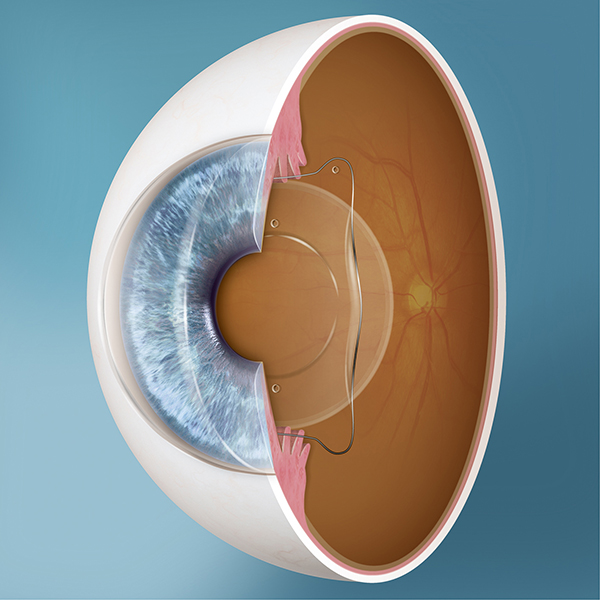 There are other refractive procedures that can eliminate your need for glasses even if your corneas are too thin for LASIK. During a refractive exam at Price Vision Group, many special tests are performed to ensure you are indeed a good candidate for LASIK, including corneal thickness. The average corneal thickness is between 520 microns and 540 microns, however, the normal range for cornea thickness can range from as thin as 470 to as thick as 630 microns. In order to be a candidate for LASIK there needs to be enough corneal tissue to make a flap, take away the tissue in order to correct the refractive error, and still have enough corneal tissue to ensure that corneal ectasia, a progressive bulging of the cornea, does not occur. To learn more about cornea thickness and how it affects LASIK candidacy, please click here. If the cornea is not thick enough to result in a corneal bed, the remaining cornea beneath the flap, of approximately 300 microns then LASIK is likely not the best refractive procedure for you. During a refractive exam at Price Vision Group, the doctor runs calculations to ensure that the cornea is thick enough for LASIK.
There are other refractive procedures that can eliminate your need for glasses even if your corneas are too thin for LASIK. During a refractive exam at Price Vision Group, many special tests are performed to ensure you are indeed a good candidate for LASIK, including corneal thickness. The average corneal thickness is between 520 microns and 540 microns, however, the normal range for cornea thickness can range from as thin as 470 to as thick as 630 microns. In order to be a candidate for LASIK there needs to be enough corneal tissue to make a flap, take away the tissue in order to correct the refractive error, and still have enough corneal tissue to ensure that corneal ectasia, a progressive bulging of the cornea, does not occur. To learn more about cornea thickness and how it affects LASIK candidacy, please click here. If the cornea is not thick enough to result in a corneal bed, the remaining cornea beneath the flap, of approximately 300 microns then LASIK is likely not the best refractive procedure for you. During a refractive exam at Price Vision Group, the doctor runs calculations to ensure that the cornea is thick enough for LASIK.

A phakic IOL may be a better refractive option to eliminate your need for glasses or contact lens visual correction if the cornea is not thick enough. The Visian ICL (Implantable Collamer Lens) is FDA approved to correct myopia ranging from -3.00 D to -15.00 D. This small lens implant is implanted behind the iris (colored part of the eye) and in front of the natural lens inside the eye to correct the refractive error. The lens is designed to stay in position in the eye and requires no special care and the corneal thickness is not altered as in LASIK. The best candidates for this refractive surgery option are those under the age of 50.
If you are above the age of 50 and not a candidate for LASIK because of a thin cornea, then a refractive lensectomy or refractive lens extraction may be a better refractive surgery option. The natural lens is removed, as in cataract surgery and an IOL is implanted. The IOL is calculated to correct your refractive error. There are implants to correct astigmatism and even multifocal IOLs that allow patients to see well at both distance and near. This refractive surgery allows for the correction of myopia, hyperopia, and astigmatism without altering the cornea thickness.
If you have been told you are not a candidate for LASIK there are other safe surgical options that can eliminate your need for glasses or contact lenses.


